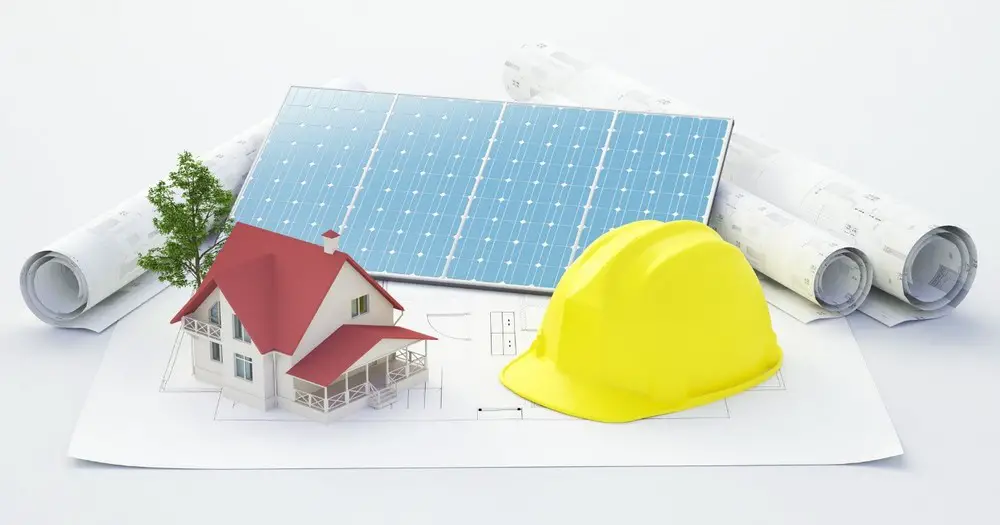7 Types of Building Supplies Help, Renovations Advice, Outbuilding Construction Guide
7 Types of Building Supplies Guide
22 Sep 2020
People spending more time at home means more renovations and outbuilding construction projects. As a result, people who have never built anything before are taking the plunge into the world of construction.
If you’re one of these people or want to review the basics of construction, take a look at this list of essential building supplies. Knowing these items before you get started will make your next project go fast and smooth.
Finish Your Latest Project with These 7 Types of Building Supplies
- Steel Beams for Strong Bones
Steel is a classic choice for building a framework. Steel beams support a lot of weight and are resistant to the weather. They allow architects to build high structures like skyscrapers.
Rebar is another kind of steel beam that’s thinner and designed to reinforce concrete. Using rebar helps concrete support heavy loads and keep its shape.
- Make a Strong Foundation With Concrete
Concrete shares the MVP position with steel beams. It’s inexpensive, long-lasting, and builders pour it into molds to create unique shapes.
Concrete reinforced with rebar is everywhere you look. Even if you can’t see concrete in the walls or floors, it’s often hiding under the ground. Concrete is the most common of all foundation building materials.
Builders cover concrete in sealant to make it as strong as can be. The sealant keeps the concrete from absorbing water and helps it resist cracking.
- Heavy Machinery Is a Must
If you’re building anything more than a small shed, you’re going to need heavy machinery to make the job easy. That’s not to say you can’t use them for smaller projects: They’re very helpful in those cases, too.
This is the stuff of little kids’ dreams. These fan favorites include bulldozers, cranes, steamrollers, forklifts, and more.
It’s a good idea to go to a forklift dealer or another business with employees who know a lot about the machinery, when you’re looking to buy or rent these construction tools. Learn to use the machines and make sure you have any required licenses to stay safe and comfortable.
- Hammers, Screwdrivers and Other Manual Building Supplies
Hand tools like hammers, screwdrivers, and wrenches are another classic set of essentials.
If you’re building at home, you’re likely to have some materials on hand. Yet, don’t rely on your personal toolset. Have a list of exactly what you need for the job.
Imagine you’re in the middle of a build and realize your screwdriver is too small for the screws you’re using. At best, you have to stop what you’re doing and delay the build while you go buy a new tool. At worst, you might find yourself in a tricky position near the build and have to find a safe way to get out.
When you make sure you have the right manual tools, your work is fast and safe.
- Many Types of Wood
Wood is a common building material most are aware of. You may know there are many different kinds of wood, but what you might not realize is that different kinds of wood are suited for different jobs.
All wood is identified as either softwood or hardwood. Pine, cedar, and spruce woods are a few common softwoods. Oak, mahogany, and cherry woods are some examples of hardwood.
Pine is a common wood for framing windows and doors. Although it’s easy to mold, it tends not to warp or shrink. It’s a good and inexpensive choice for building parts that face heat, cold, dryness, and humidity throughout the seasons.
Pine is also often used for flooring. It’s a good choice for floorboards because it doesn’t warp, but a stronger wood is better for subflooring. That’s where hardwoods come in.
Ash is a popular choice of hardwood for framing buildings. It’s not as strong as steel, so it doesn’t work for giant structures like skyscrapers. Yet, for houses and other smaller buildings, it works well for subflooring and other frameworks.
Although ash is a common framing wood, it does shrink. Wood shrinkage might not be an issue for your build. Still, things like this are a good example of why talking to experts and consulting engineers throughout a build is vital.
- Copper Adds a Unique Touch
Have you ever seen a building and wondered why they painted the roof that eye-catching shade of blue-green? You may be surprised to learn that they didn’t paint the roof at all!
In reality, pale blue-green roofs, statues, and other structures are made of copper. Over time, copper oxidizes as it’s exposed to the elements. This process means the signature copper red-brown turns into the color in question.
Whether it’s shiny and red-brown or a matte, pastel blue-green, there’s no question that copper attracts the eye. It isn’t a great choice for a lot of buildings, but formal places like government buildings and churches use it to show their importance.
The advantages of copper include that it’s easy to bend, doesn’t corrode, and is a good conductor of electricity. That’s why a more common use of copper is in wiring. It’s also often used in gutters.
- Essential Glass and Glass for Class
When considering a typical building design, there are some places where glass is almost essential. Buildings without windows are rare and windows are sometimes required for the building to be up to code. Mirrors are another typical use of glass and are in many bathrooms.
Other uses of glass are more for looks. Huge windows and whole walls made of sturdy glass are still somewhat easy to shatter. Yet, they look good and let lots of light into the structure.
Some buildings are made entirely of glass and steel. The common benefits of this kind of construction are passive heating and natural light.
Yet, facing extreme weather in a glass building is uncomfortable and can be a serious danger in the case of natural disasters like tornados. Builders have to consider the risk level, and whether the benefits are worth it.
Build up Your Architecture Knowledge
Now that you’re aware of these vital building supplies, you can start making a checklist for your next project.
To make sure your future building projects turn out well, take a look around our site. We have everything you need to build up your architecture knowledge and become a master builder.
Comments on this 7 Types of Building Supplies advice article are welcome.
Construction Articles
Construction Posts
Tips for choosing a commercial general contractor
Can shipping containers be used in construction industry
Architects and Builders know about Formwork
Building Articles
Comments / photos for the 7 Types of Building Supplies Guide page welcome






